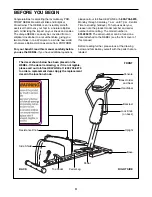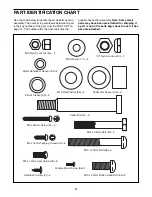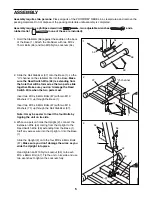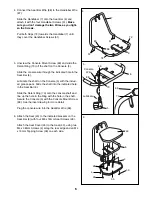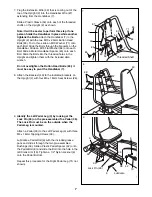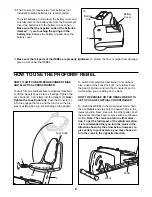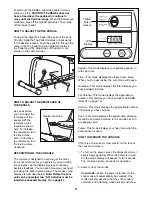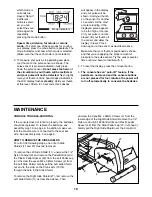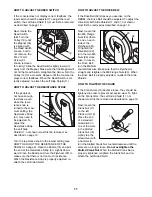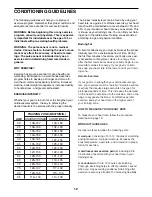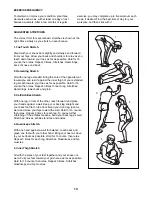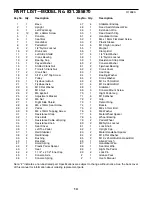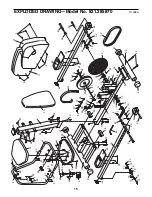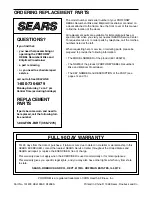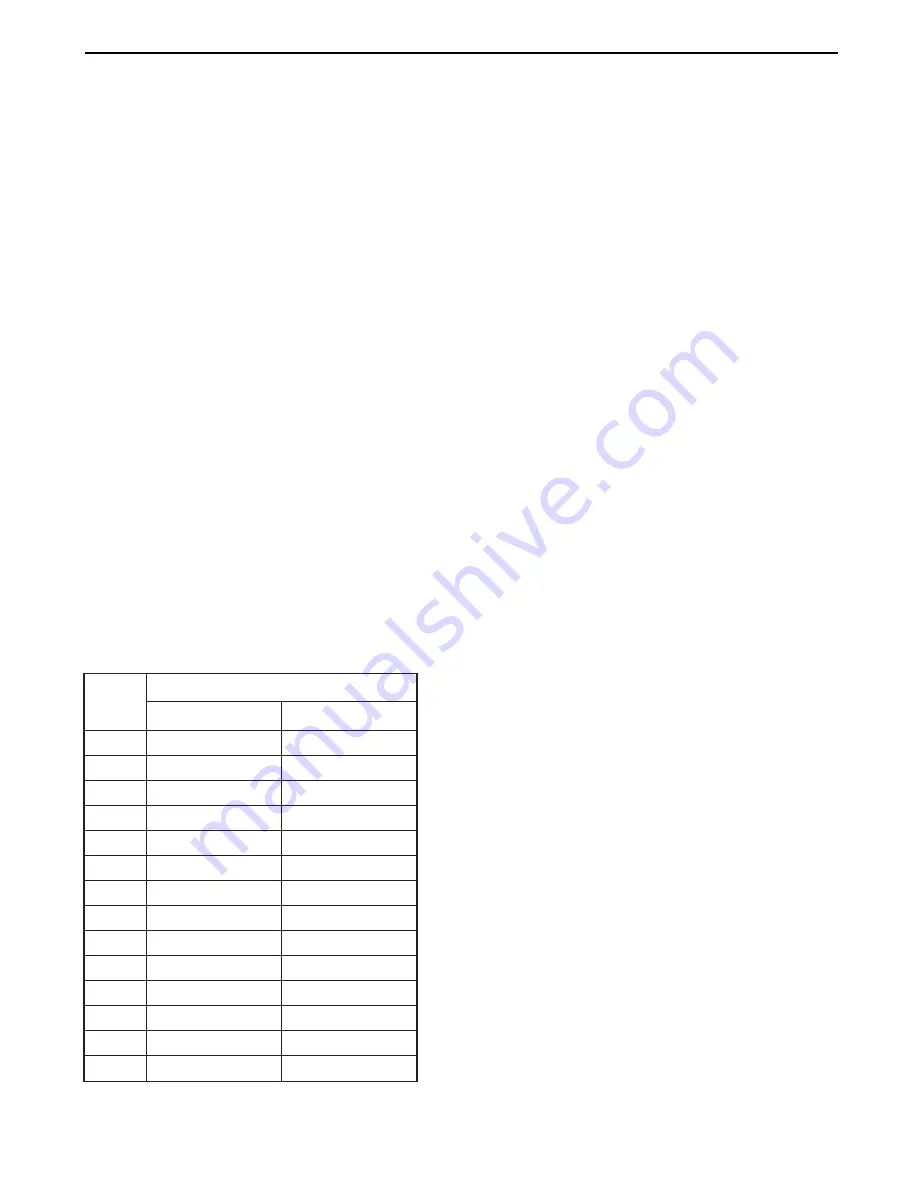
12
CONDITIONING GUIDELINES
The following guidelines will help you to plan your
exercise program. Remember that proper nutrition and
adequate rest are essential for successful results.
WARNING: Before beginning this or any exercise
program, consult your physician. This is especial-
ly important for individuals over the age of 35 or
individuals with pre-existing health problems.
WARNING: The pulse sensor is not a medical
device. Various factors, including the user's move-
ment, may affect the accuracy of heart rate read-
ings. The pulse sensor is intended only as an
exercise aid in determining heart rate trends in
general.
WHY EXERCISE?
Exercise has proven essential for good health and
well-being. Participation in a well-rounded exercise
program helps to develop a stronger and more effi-
cient heart, improved respiratory function, increased
stamina, better weight management, increased ability
to handle stress, and greater self-esteem.
EXERCISE INTENSITY
Whether your goal is to burn fat or to strengthen your
cardiovascular system, the key to achieving the
desired results is to exercise with the proper intensity.
The proper intensity level can be found by using your
heart rate as a guide. For effective exercise, your heart
rate should be maintained at a level between 70% and
85% of your maximum heart rate as you exercise. This
is known as your training zone. You can find your train-
ing zone in the table below. Training zones are listed
according to age and physical condition.
Burning Fat
To burn fat effectively, you must exercise at the proper
intensity level for a sustained period of time. During
the first few minutes of exercise, your body uses easi-
ly accessible
carbohydrate
calories for energy. Only
after the first few minutes does your body begin to use
stored
fat
calories for energy. If your goal is to burn
fat, keep your heart rate in the lower end of your train-
ing zone.
Aerobic Exercise
If your goal is to strengthen your cardiovascular sys-
tem, your exercise must be Òaerobic.Ó Aerobic exercise
is activity that requires large amounts of oxygen for
prolonged periods of time. This increases the demand
on the heart to pump blood to the muscles, and on the
lungs to oxygenate the blood. For effective aerobic
exercise, keep your heart rate in the higher end of
your training zone.
HOW TO MEASURE YOUR HEART RATE
To measure your heart rate, follow the procedure
described on page 10.
WORKOUT GUIDELINES
A proper workout includes the following parts:
A warm-up
, consisting of 5 to 10 minutes of stretching
and light exercise. A proper warm-up increases the
body temperature, heart rate, and circulation in prepa-
ration for exercise.
A cardiovascular exercise period
, including 20 to
30 minutes of exercise with your heart rate in your
training zone.
A cool-down
, with 5 to 10 minutes of stretching.
Thorough stretching helps to offset problems caused
when you stop exercising suddenly. Stretching after
exercise is also very effective for increasing flexibility.
TRAINING ZONE (BEATS/MIN.)
20
25
30
35
40
45
50
55
60
65
70
75
80
85
AGE
CONDITIONED
UNCONDITIONED
133Ð162
132Ð160
130Ð158
129Ð156
127Ð155
125Ð153
124Ð150
122Ð149
121Ð147
119Ð145
118Ð144
117Ð142
115Ð140
114Ð139
138Ð167
136Ð166
135Ð164
134Ð162
132Ð161
131Ð159
129Ð156
127Ð155
126Ð153
125Ð151
123Ð150
122Ð147
120Ð146
118Ð144



